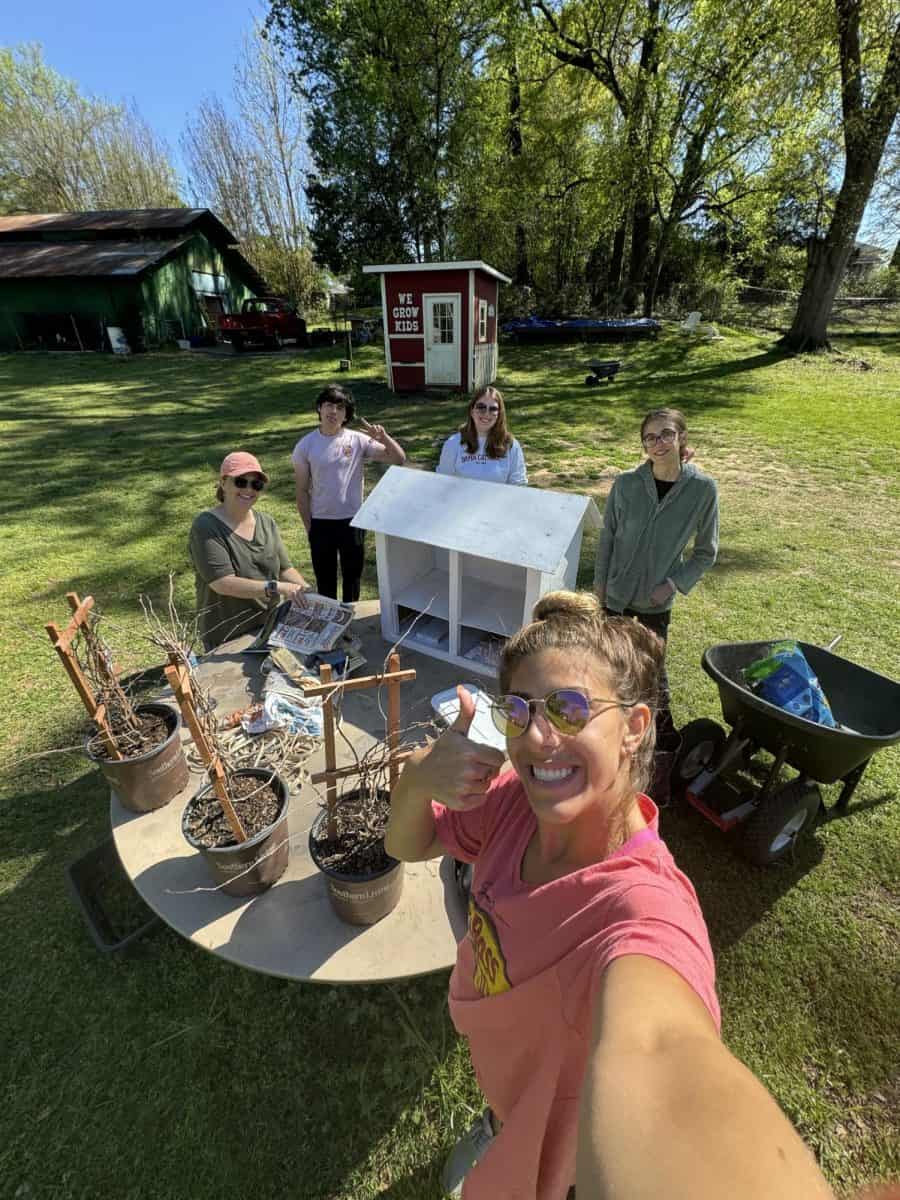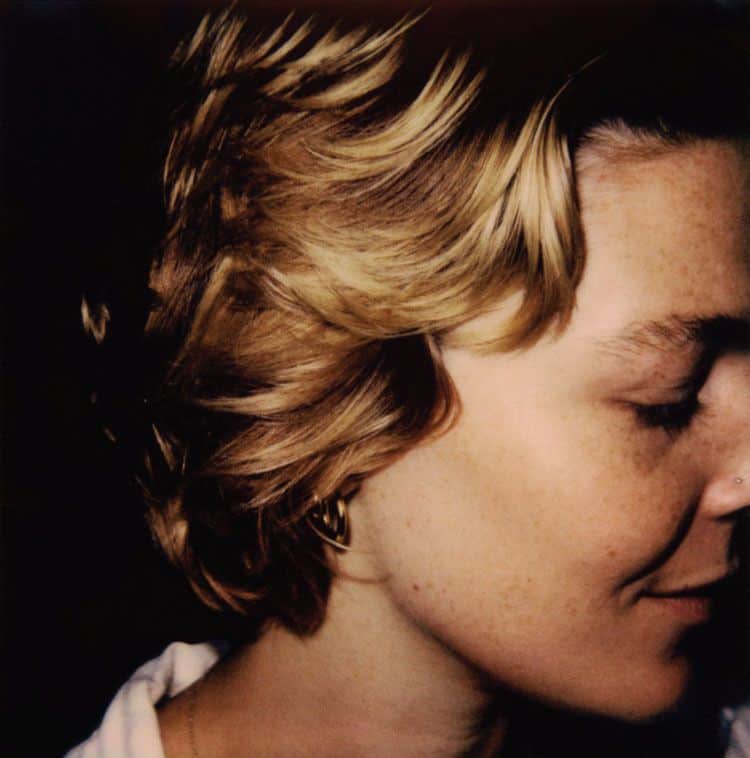Halloween has changed since University of Alabama students were in elementary school. Bobbing for apples and trading collected candies are activities of the past, replaced by standing over kegs and migrating from costume party to costume party.
In the haze of beer and revealing costumes, the holiday has lost some of its mysticism. In the interest of revitalizing some of that spooky awe, here’s a brief history of Oct. 31, one of the most hallowed days of the year.
Most believe Halloween has its roots in the United Kingdom where, around 2000 years ago, the Celts celebrated their festival of Samhain. Marking the beginning of the Celtic New Year, Nov. 1 officially brought an end to the harvest season and the start to a winter marred with cold, darkness and death.
The origins of our Halloween are associated with the party beforehand. On the Celtic New Year’s Eve, Oct. 31, the dead were thought to return to Earth. People danced, cross-dressed, told fortunes, pulled pranks and built bonfires whose embers were transported in hollowed-out turnips (the first Jack O’Lanterns) all in the name of aiding the good spirits and blocking the bad.
Then, the Romans came (c’est la vie in European history). And with the Romans, naturally, came their parties. During their 400 years of ruling over Celtic lands, the Empire incorporated two of their own festivals with Samhain. One festival, Feralia, was a day in late October on which the Romans celebrated the dead. The other festival honors Pomona, the Roman goddess of fruitful abundance. Pomona’s symbol is an apple, and combining her festival with Samhain may explain today’s tradition of “bobbing” for apples.
As Christianity spread throughout the Empire, new traditions clashed with old ones. All Saints Day, a Catholic holiday celebrating the saints originally celebrated on May 13, was moved to November 1in an attempt to draw attention away from the Pagan religions. Eventually, the church made Nov. 2 All Souls Day, also known as All-Hallows. The night before All-Hallows, originally Samhain, became known as All-Hallows Eve and, ultimately, Halloween.
As Protestants colonized America in the 18th century, harvest festivals became common. European cultures meshed with Native American spiritualism as Colonial Halloween festivities included tomfoolery and ghost stories. Eventually, the arrival of the Irish in the mid-nineteenth century helped to make the festival a national event. The Irish also brought their fall custom of dressing in costume and going door-to-door asking for money and food. This tradition eventually became trick-or-treating.
Recently, Halloween has become more conservative. When the baby-boomers were children, the holiday had rid itself of spiritual overtones, replacing them with Snickers. As it stands, Halloween is now considered a celebration geared toward children and candy is probably its most recognizable hallmark. Parties and costumes remain lavish, though; today, Americans spend almost $6 billion on Halloween each year.
Who knows? Maybe the Celts were right, and little separates the realms of the living and the dead on all-hallows eve. Alabama students are probably more skeptical. After all, our football team is very much alive and a lot separates the Tide from fallen Rebels, Hogs and Commodores.
Football allusions aside, this author intends to keep an open mind. I’m tired of 400-thread-count ghosts. Bring on the real things.






